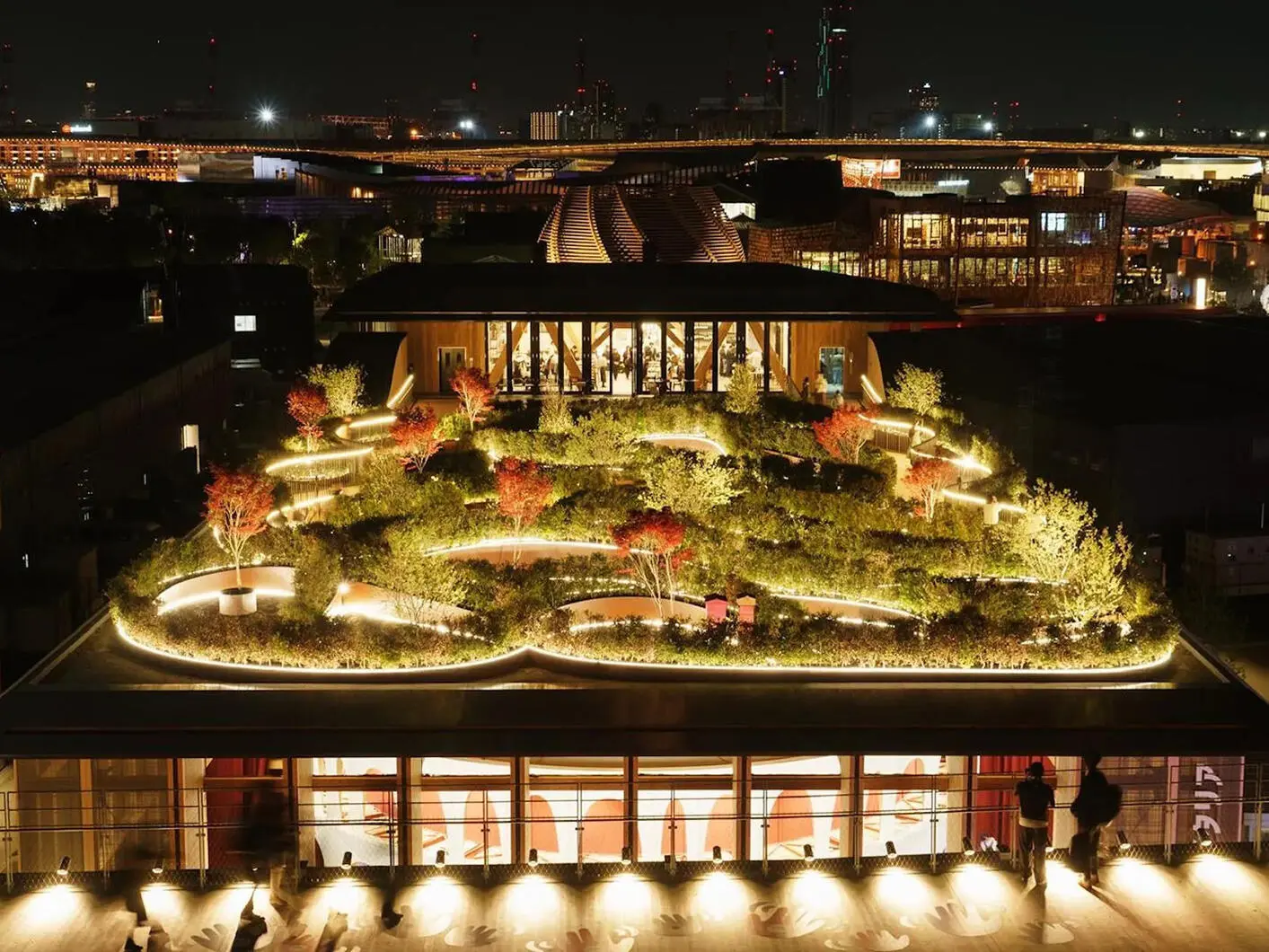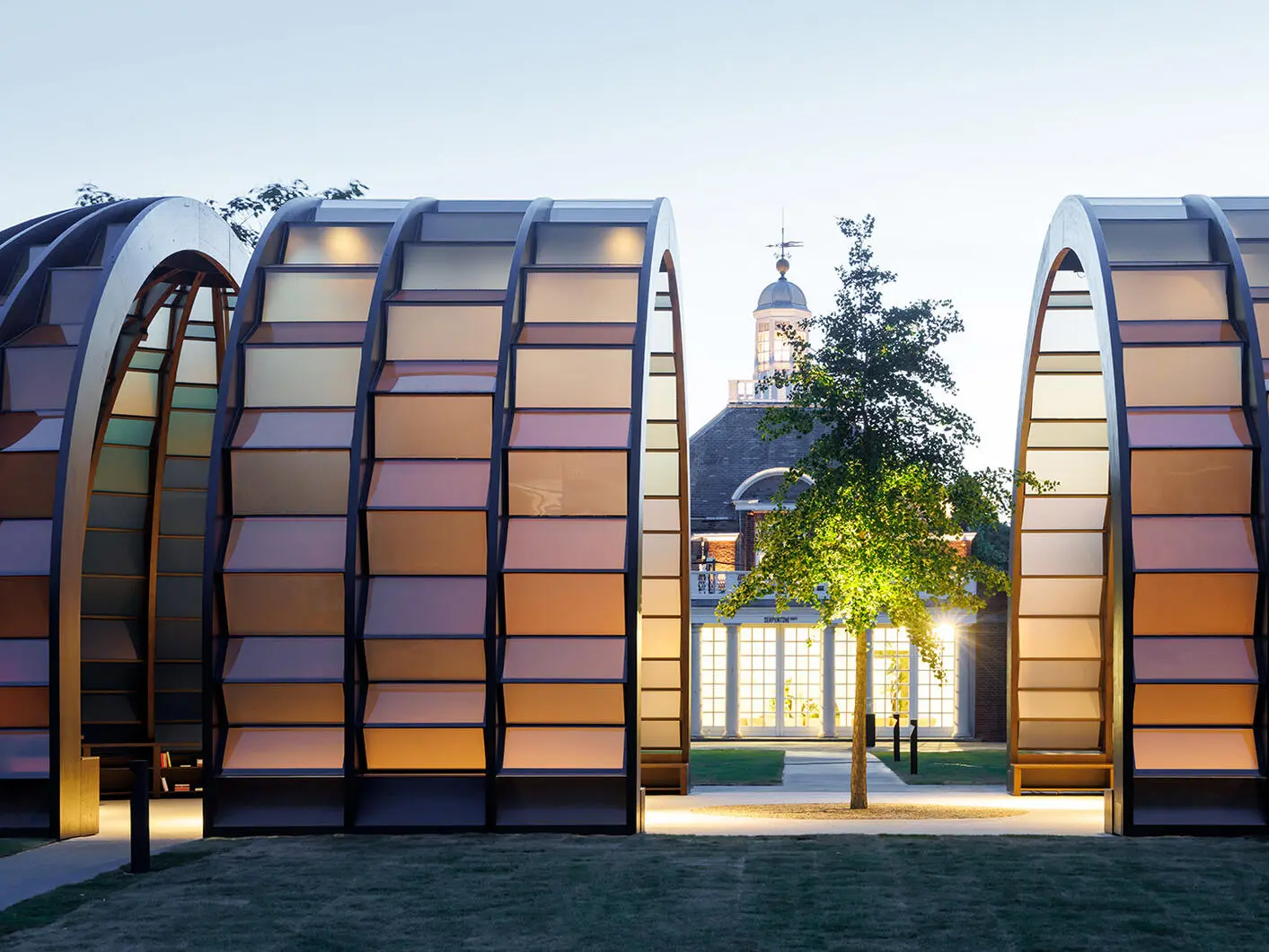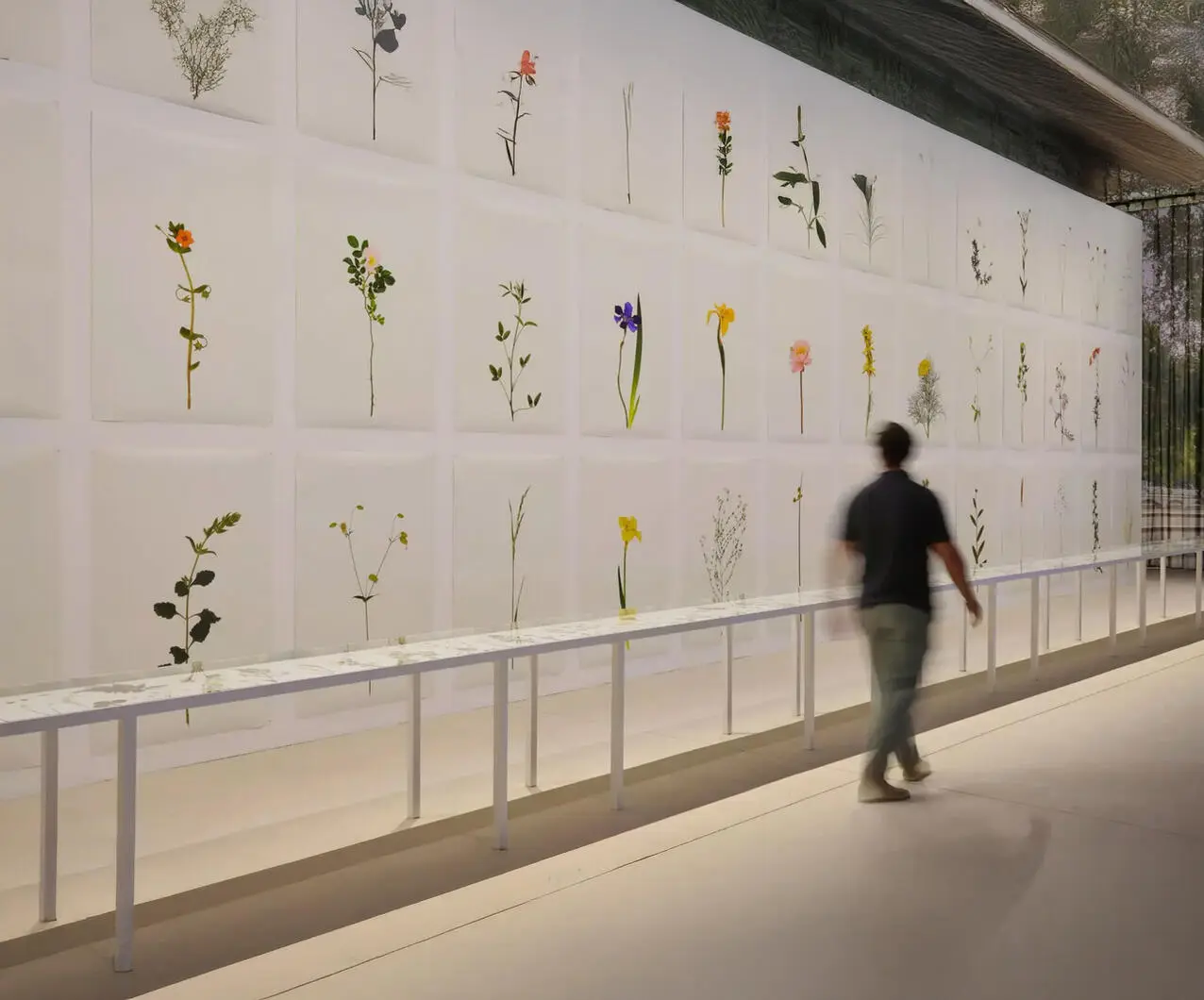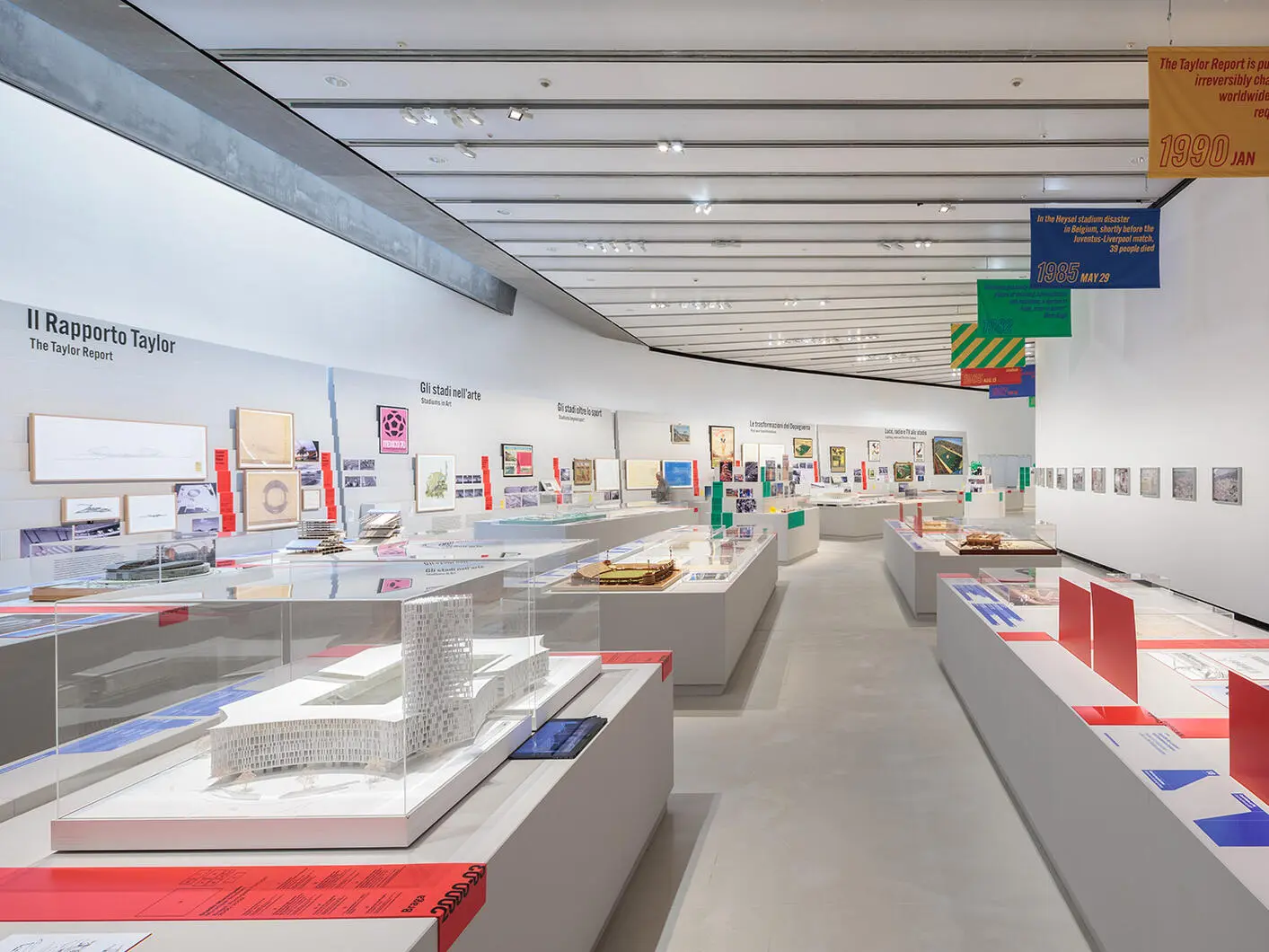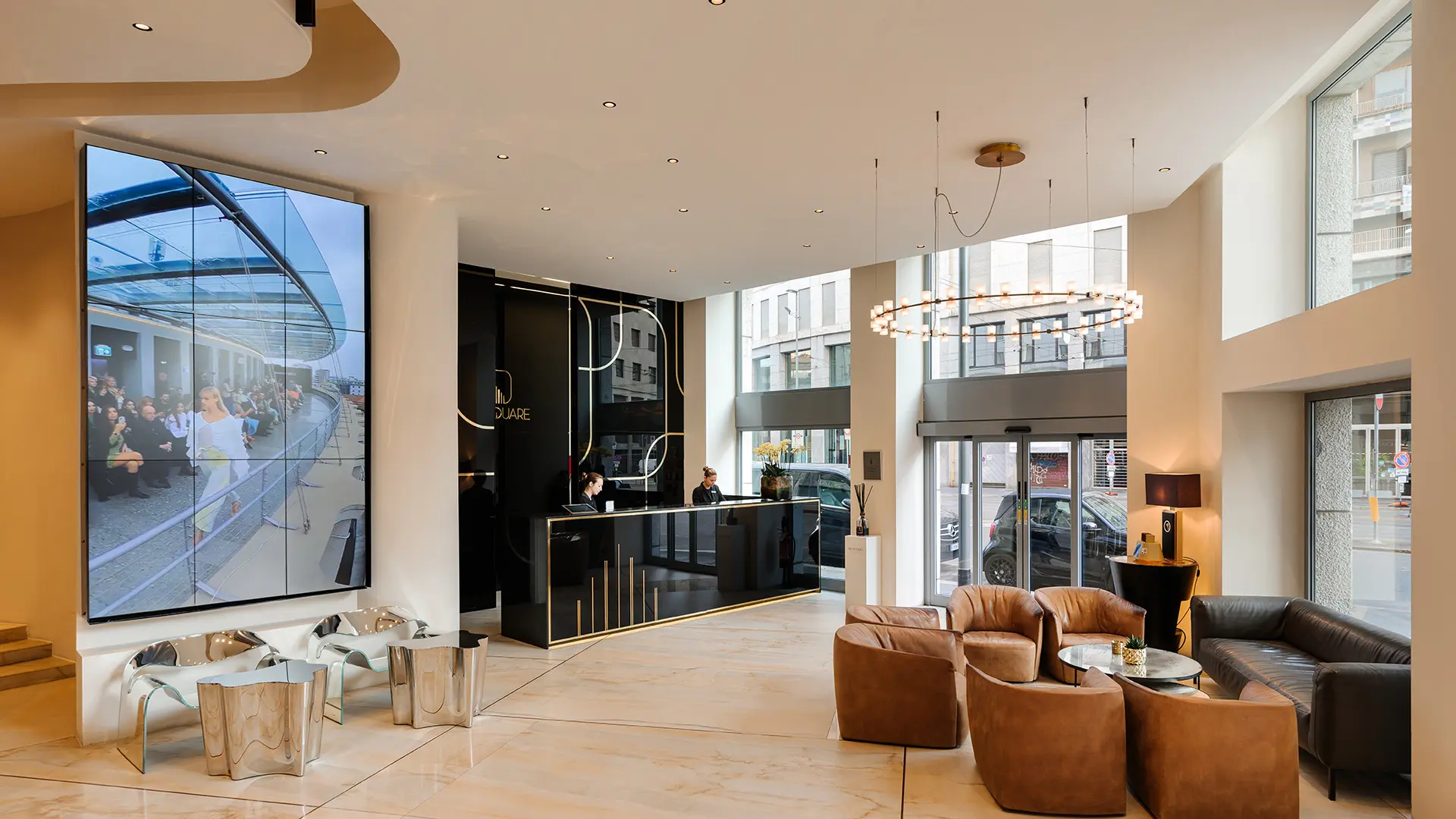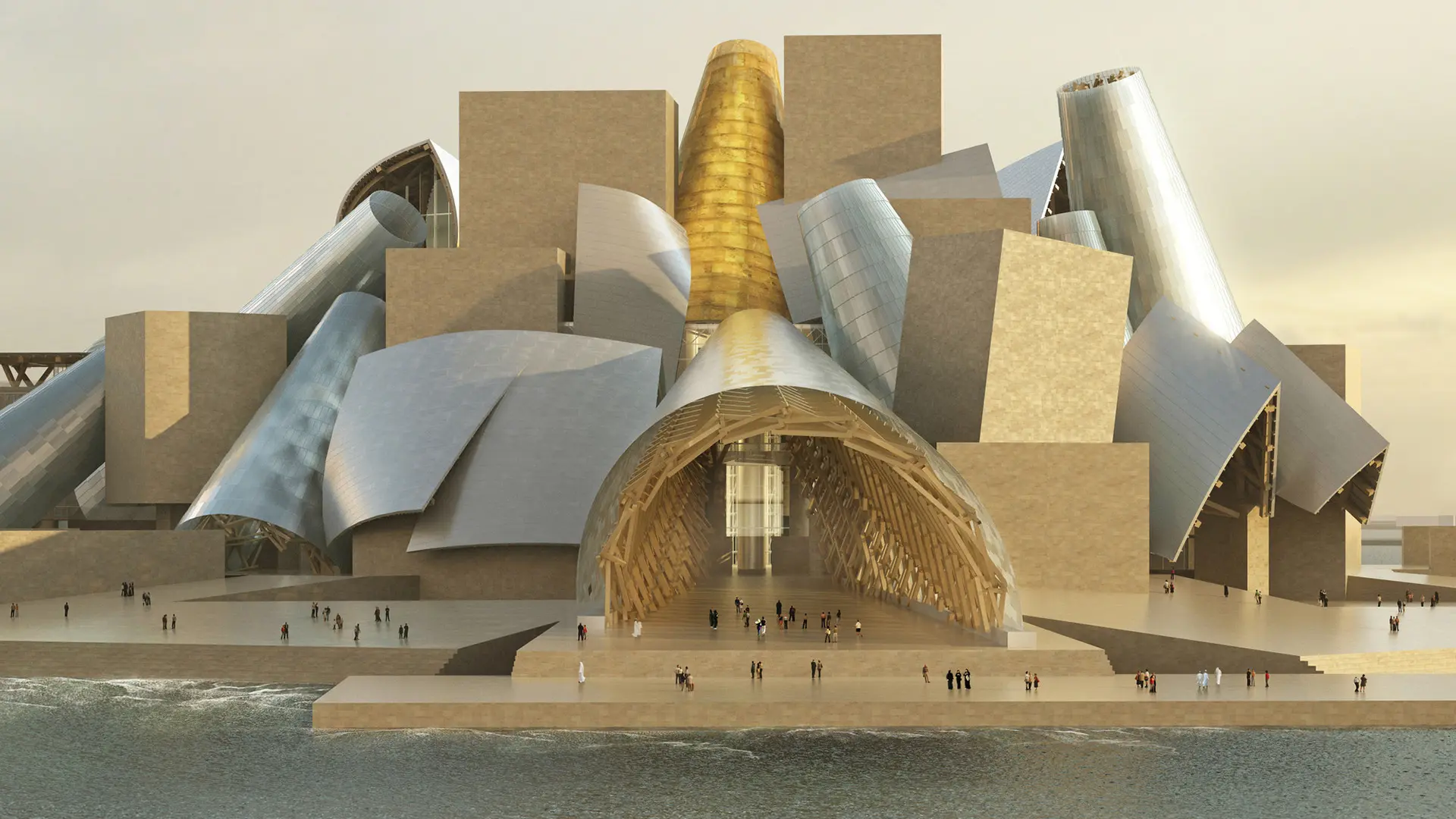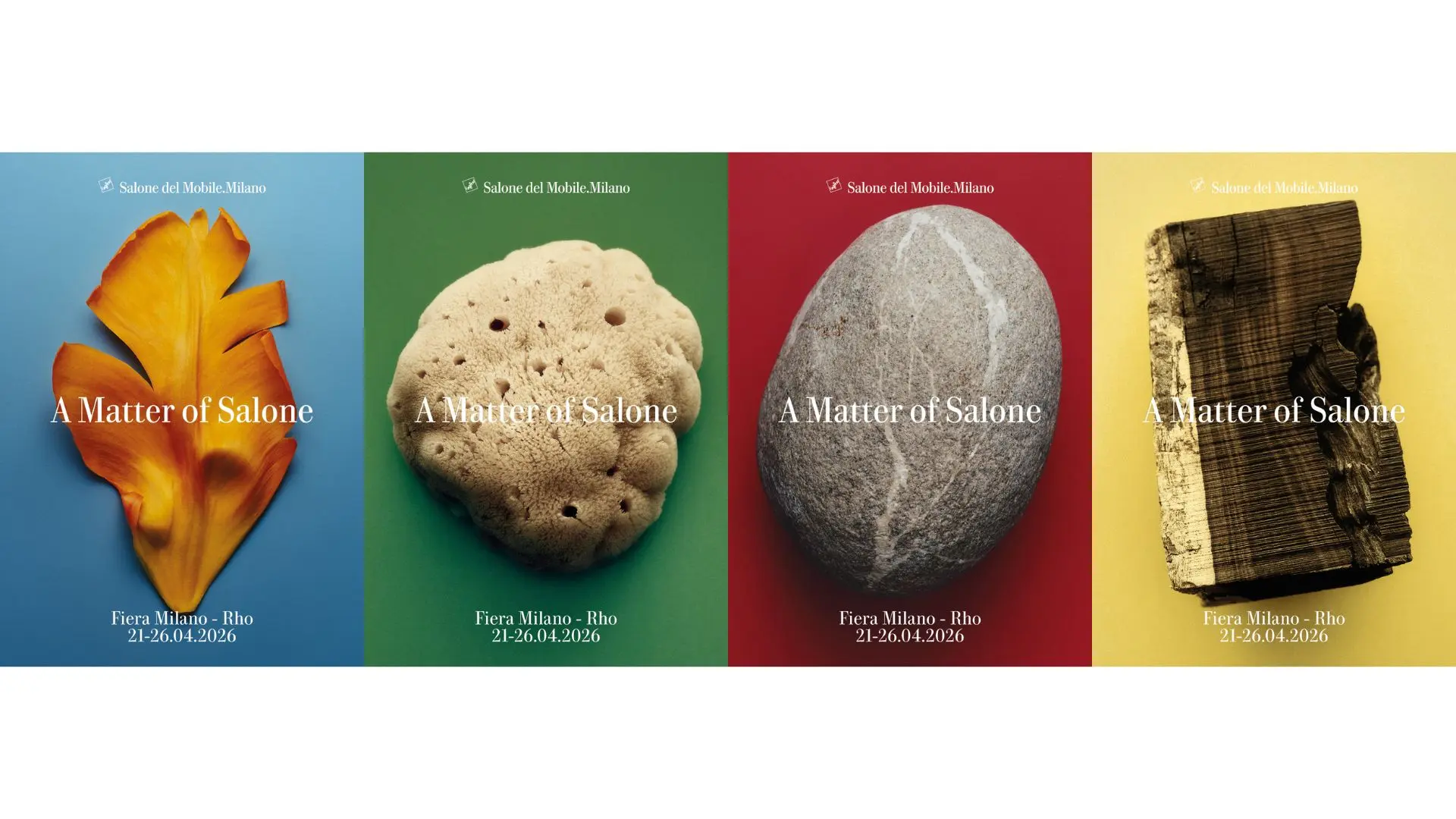In partnership with MiCodmc, a selection of establishments ripe for discovery during the 64th edition of the Salone del Mobile.Milano, from 21 to 26 April 2026
10 Places to visit where architecture is on display
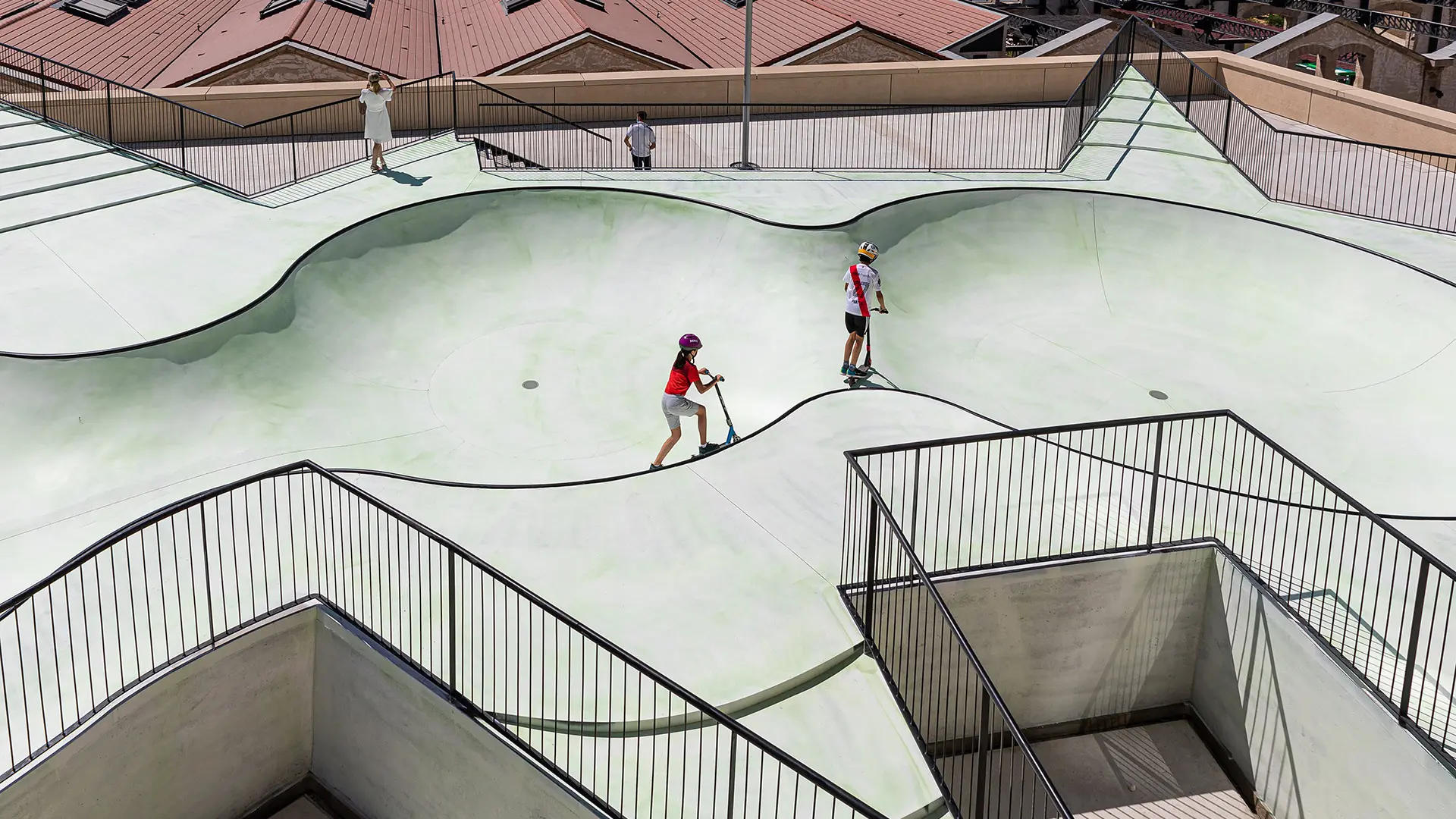
Skatepark located near La Tour OooOoO, Koo Jeong A, Parc des Ateliers, Arles - Ph. Adrian Deweerdt
A selection of cultural events to mark in your diary, in Italy and around the world
While the Osaka Expo in Japan with Mario Cucinella’s Italian Pavilion and the Venice Biennale of Architecture by Carlo Ratti are underway, this summer and beyond there are many places where you can visit new projects and exhibitions devoted to architecture.
We’ll start from London, where the Serpentine Pavilion has recently opened, designed by the architect and lecturer Marina Tabassum. “A Capsule in Time” is a temporary - and partially kinetic pavilion ‘ that will host the Serpentine Gallery's summer programme until 26th October.
Also newly inaugurated is "Climates of Landscape" at LUMA Arles, a monographic exhibition on the work of Bas Smets, one of the most important Belgian landscape architects in Europe. The exhibition opens with a selection of three huge projects that display the different ways in which landscape architecture is responding to the various changes brought about by the climate crisis. The Parc des Ateliers also plays a significant role in the exhibition. The transformation of this former industrial area into a self-sufficient ecosystem – Bas Smets’ largest climate project to date – is not just a major engineering operation but also an opportunity to experience a city better, redefining the relations between nature, architecture and urbanism. Demonstrating that LUMA Arles, a cult place of art, is increasingly positioning itself in the world of institutions by its contemporary architecture.
And in Italy? “STADI. Architecture and Myth” is a journey through the centuries and continents, a tribute to the old and new role of stadiums, curated by Manuel Orazi, Fabio Salomoni and Moira Valeri for the MAXXI, through its Department of Architecture and Contemporary Design directed by Lorenza Baroncelli. On display until 26 October, this is the first major exhibition in Italy devoted to these vital centers, mirrors of cities, places of collective ritual, symbols of urban and cultural transformation, where everyday life and exceptionality meet. “These structures have evolved from simple spaces for sports competitions to multifunctional scenarios capable of hosting concerts, religious ceremonies, mass gatherings, political events, fairs and artistic performances, to become a tool for city branding and a new destination for global tourism.” The event displays 54 projects from around the world, presented in chronological order: from the Municipal Stadium (2000 – 2003) in Braga, Portugal, an idea by Eduardo Souto de Moura; to London’s Wembley Stadium and the Olympic Stadium designed by Populous, the San Nicola Stadium in Bari (1990) designed by Renzo Piano, the San Siro Stadium in Milan designed by G. Ragazzi, E. Hoffer, L. Finzi and E. Nova, the Luigi Ferraris Stadium in Genoa renovated by Vittorio Gregotti, and the stadiums designed by Pier Luigi Nervi: the Comunale in Florence, the Flaminio in Rome (to name only a few).
If we move to Asia, the continent confirms it is the center of interest not only thanks to the Osaka Expo mentioned above.
For instance, at the Mori Art Museum, until 9 November, there is the first major exhibition by Sou Fujimoto, designer of the Grand Ring of Expo 2025. The first major survey of Fujimoto’s work, it offers a complete overview in eight sections, ranging from the works of his early years to projects currently in progress, and follows his architectural career of the last thirty years, the characteristics of his architecture and the philosophy behind it. Leveraging the museum’s expertise as a contemporary art museum, the exhibition allows anyone, not just those working in the field of architecture, to physically experience the essence of Fujimoto’s work, including exhibits such as installations and large-scale models that offer spatial experience. The exhibition also examines the role and potential of architecture through Fujimoto’s vision of the future city.
The Mendrisio Theatre of Architecture of the Università della Svizzera Italiana presents the exhibition “Make Do with Now, New Orientations of Japanese Architecture”, an exhibition hosted and promoted by the Academy of Architecture of the USI, produced by the Swiss Architecture Museum (SAM). Curated by Yuma Shinohara, until 5 October, the exhibition presents the ideas and projects of a new generation of architects and urban planners working in Japan. Born between the mid-seventies and the mid-nineties, these architects embarked on their professional careers after the great earthquake of 2011 that devastated the eastern regions of the country and caused the Fukushima nuclear disaster. This generation is having to deal with a series of pressing problems plaguing Japan, including demographic decline, an aging population, and the emptying of the countryside; the increasing number of vacant homes throughout the nation; urban development dominated by the logic of profit, often without the involvement of architects; a stagnant economy and, of course, the global climate crisis.
Finally, at the Power Station of Art in Shanghai, in conjunction with the Serralves Museum in Porto, until 7 September it will be possible to visit “Alvaro Siza: The Archive”, the largest retrospective in Asia devoted to the Portuguese architect, winner of the Pritzker Prize, one of the most internationally acclaimed architects at the turn of the twentieth and twenty-first centuries, described by many as a “poetic architect” for the serenity, silence and calm that characterize his poetic buildings. The exhibition brings together over 800 works, including drawings, models, sculptures, objects and photographs, highlighting the architect’s long and prolific career, as well as the construction of an interconnected topography of buildings that establishes continuous associations over time.
We will close with the autumn Biennials. Certainly worth mentioning are the Chicago Architecture Biennial and the sixth edition of the Pisa Biennale, curated by the association LP Laboratorio Permanente per la Città, under the direction of Massimo Del Seppia, staged with a renewed format that extends the duration of the event, the number of exhibition pavilions, lectures, awards and guests in the lineup.


 Stories
Stories
